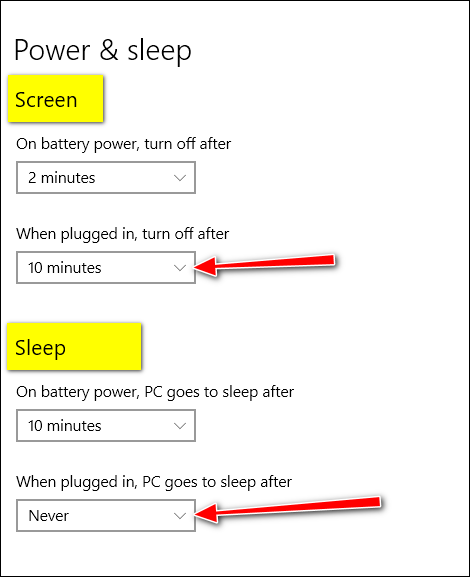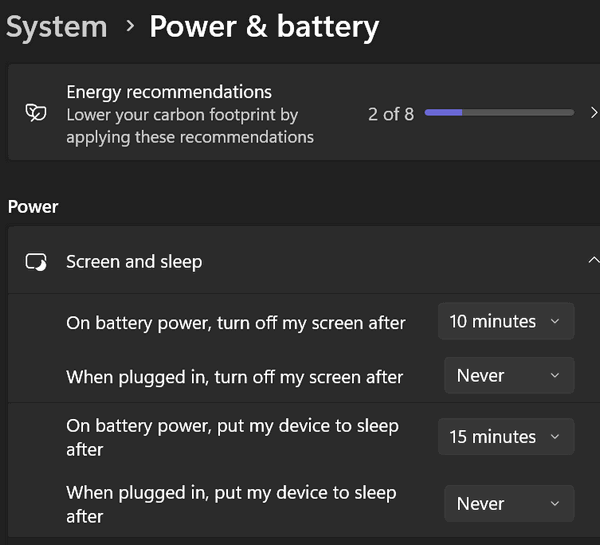Don’t Like Waiting for Your Computer to Start Up? This Tip is For You!
One of the biggest complaints we hear about Windows 10 – besides the botched updates – is how long it takes to start up. Well, it’s true, you can disable some startups and do some optimization tricks that can reduce Windows 10’s startup times, but still, most Windows 10 computers will take between 2 minutes and 5 minutes to start up. And keep in mind that boot times vary depending on the computer. Systems with more RAM (memory) and SSDs (Solid State Drives) boot faster than those with less RAM and HDDs (Standard Hard Drives).
Two to five minutes is pretty much the norm
When we say 2 to 5 minutes to start up, we don’t mean 2 to 5 minutes until you can see Windows on your screen — we mean 2 to 5 minutes from when you start Windows 10 until the time you can actually use it. In other words from the time you start Windows 10 until the time it is fully loaded.
Windows Sleep Mode
And a bit about Windows 10 Sleep mode: If you’re one of the many people who have used Windows 10 sleep mode only to find that Windows 10 takes forever to wake up from sleep — this tip is for you too.
A Time-saving tip for you
Here’s a tip that both of us have used for many years. We like to get up in the morning and be able to use our computers instantly. We don’t want to waste 2, 3, 4, or more minutes waiting for our computers to start up. We want to get right to work!
So, despite the controversy that this tip will probably evoke, we will share our homemade time-saving tip with you. Please remember: Every computer is different, just like everyone who uses a computer is different. If you’d like to have your computer instantly ready to use when you want to use it, this tip may be just what you’re looking for.
Here is how we set up our Power Options on our Windows 10 (and Windows 11) computers.
Press and hold down the Windows key & tap the x key (or right-click the Start button) and select “Power Options” from the menu that appears.

Above: Windows 10 Power Settings.
Below: Windows 11 Power Settings

If you don’t have a laptop, and you want to try this tip, just use the settings we have selected for “When plugged in…”.
Under “Screen”
Set it to turn off after 10 minutes
This means that your screen will turn off after 10 minutes of inactivity (no keyboard, mouse, or touchpad activity).
Under “Sleep”
“PC goes to sleep after”.. should be set to “Never”.
You may be wondering about how much extra electricity you’ll use if you don’t turn your computer off every night or put it to sleep. It depends on your PC. Newer desktops, all-in-ones, and desktops are a lot more energy-efficient than old ones.
Desktops and all-in-ones use more electricity than laptops. It’s impossible to say how much more electricity your computer will use if you leave it turned on using the settings as suggested here. Our best guess is about 10-20 watts for a laptop (a nightlight or two) and 30- 60 watts for all-in-ones and desktops.
Using these settings guarantees instant access to your computer the minute you need it. To wake the screen touch a key, move your mouse, or tap the touchpad if you’re using a laptop.
Oh, and one more thing…
Leaving your computer turned on with these settings does not — at least not in our 26+ years of experience — shorten the life of your computer. All the computers we’ve had over the years have lasted 8 to 10 years and some we have given away were over 12 years old.
One more thing. Windows 11 computers generally start up much faster than Windows 10 computers.


Great advise